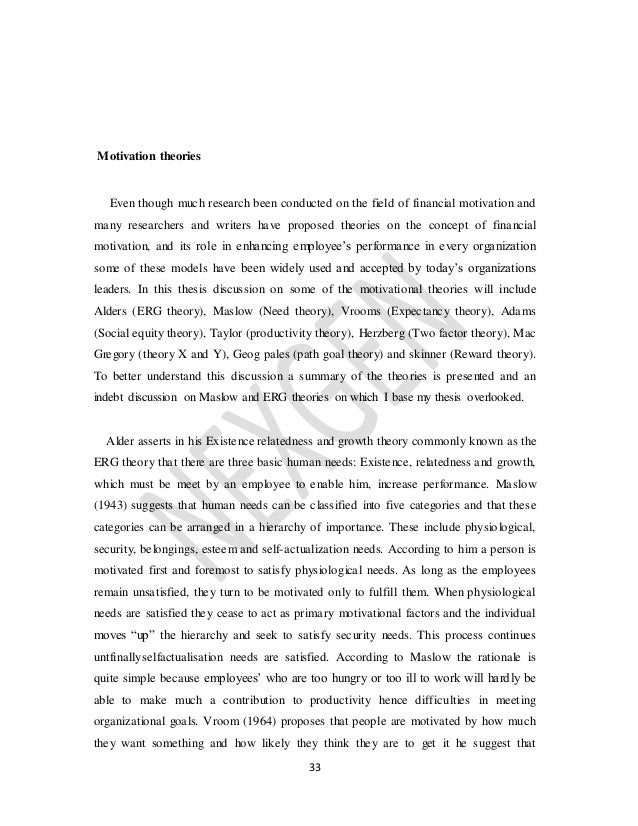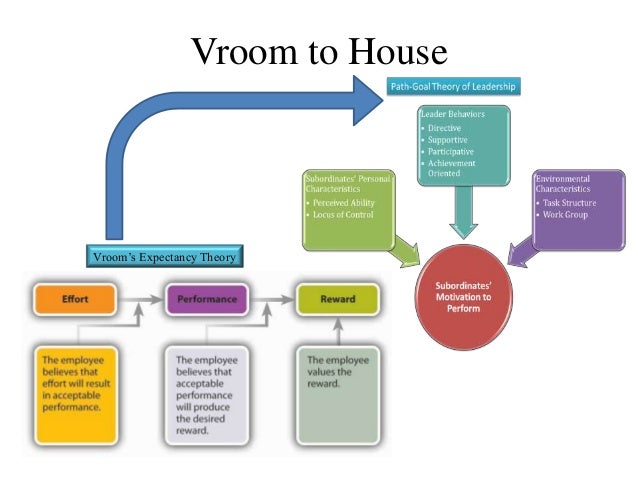Vroom 1964 Expectancy Theory Pdf Files

DEVELOPERS Victor H. Vroom, (1932- ) BACKGROUND Victor Vroom’s doctoral dissertation 'Some Personality Determinants of the Effects of Participation,' dealt with the moderating effects of two personality variables— authoritarianism and need for independence on reaction to participation in decision making won a Ford Foundation award and was published as a book. Vroom took inspiration from this and worked on a general formulation of a theory dealing with the interaction of individual differences and situational variables. Download Free Bernard Lewis Islam And The West Pdf Merge more. The result was his creation of the VIE Theory (Valence, Instrumentality, Expectancy) or “expectancy theory” as published in Work and Motivation (Vroom 1964). He decided to restrict himself to problems of individual behavior.
This fit well with Vroom’s training as a psychologist of focusing on a single person. Yurots Download Itunes. His second decision served to restrict the class of phenomena to work behaviors including occupational choice, job satisfaction and job performance. Vroom’s third decision was to focus on the explanation of individual behavior rather than its control. This meant he focused on the variables and processes which influenced work behavior.

Vroom 1964 Expectancy Theory Pdf Files. Science journal articles detailing the psychology on which Happify is based. For more information on the source of this. Extrinsic motivation refers to the performance of an activity in order to attain a desired outcome and it is the opposite of intrinsic motivation. The result was his creation of the VIE Theory (Valence, Instrumentality, Expectancy). This fit well with Vroom. Vroom 1964 Expectancy Theory Pdf Files.
The fourth decision was the assumption of the kinds of variables which would be useful in explaining these individual work behaviors. Leading to a focus on the preference among outcomes, individual expectations concerning their actions for attainment of these outcomes. Vroom’s final decision concerned the sources of data considered. He restricted his examination to evidence based on objective observation. Organizations looking to motivate employees need to ensure that all 3 of Valence, Instrumentality and Expectancy must be high or positive. If only two or one of these are achieved, employees will not be motivated.
RECOMMENDATIONS/APPLICATIONS: Vroom’s Expectancy theory is one of the most widely accepted theories of motivation to explain how and why people make decisions. Through the research that I did, I found many references to Vroom’s work in the literary review sections of their research. Lyman Porter and Edward Lawler extended Vroom’s Expectancy Theory to state that satisfaction is a result of performance. Some articles that reference Vroom’s work to help support and explain very diverse human motivational actions.
Here are some examples: • Banks, Claretha H. Met Expectations Hypothesis: The use of Direct Measures to Develop Participant Surveys. Online Journal of Workforce Education and Development, Volume II, Issue 4 • Caufield, Jay (2007). What Motivates Students to Provide Feedback to Teachers About Teaching and Learning: An Expectancy Theory Perspective, International Journal for the Scholarship of Teaching and Learning, Vol. 1 • Darmon, Rene Y.
The Measurement of Sales Force Motivation Revisited, ESSEC Business School • Lui, Liao, Zeng (2007) WHY PEOPLE BLOG: An Expectancy Theory Analysis. Issues in Information Management, Volume VIII, No 2 • Vroom’s Expectancy Theory has broad application to many areas of human motivation like education, survey response and even why people write blogs. REFERENCES ~ Coding Spreadsheet - Web View • Arthur G. Bedeian (Ed.), (1993 )Management Laureates: A Collection of Autobiographical Essays. Abstract: Vroom wrote an autobiography and it was included in this book.